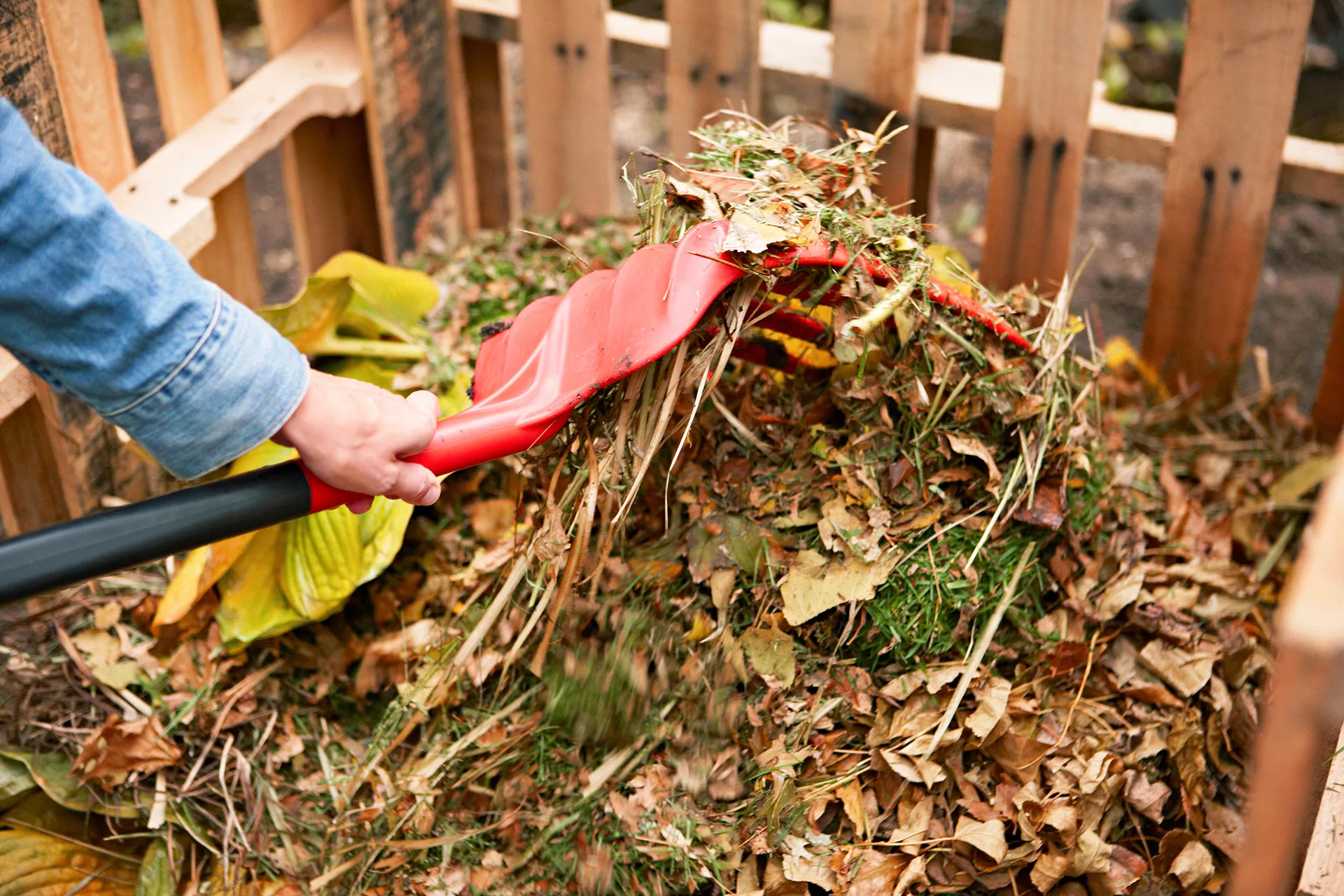

Articles
How To Compost For Garden
Modified: March 24, 2024
Learn how to compost for gardening and improve your garden's health. Discover tips and techniques to create nutrient-rich compost for thriving plants.
(Many of the links in this article redirect to a specific reviewed product. Your purchase of these products through affiliate links helps to generate commission for Storables.com, at no extra cost. Learn more)
Introduction
Welcome to the world of composting, where nature’s recycling process can enrich your garden and contribute to a sustainable lifestyle. Composting is the art of harnessing the power of decomposition to transform kitchen scraps and yard waste into a nutrient-rich soil amendment that your plants will love.
Not only does composting help reduce waste going to landfills, but it also provides numerous benefits for your garden. From enhancing soil fertility to improving moisture retention and promoting healthier plant growth, compost is often referred to as “black gold” by gardening enthusiasts.
In this article, we will explore the ins and outs of composting and how to get started with this rewarding practice. We will guide you through the process of selecting the right composting method, collecting materials, creating a compost pile, and maintaining it for optimal results. Additionally, we will troubleshoot common composting issues and offer tips on how to effectively use compost in your garden.
Whether you’re an experienced gardener looking to improve your soil or a beginner eager to embark on a sustainable gardening journey, this article is your comprehensive guide to composting and its myriad benefits for your garden.
Key Takeaways:
- Transform kitchen scraps and yard waste into “black gold” compost, enriching soil, improving moisture retention, and promoting healthier plant growth for a sustainable and thriving garden ecosystem.
- Embrace the art of composting, troubleshoot common issues, and use nutrient-rich compost as a soil amendment, mulch, seed starting mix, and more to witness the transformative effects on your garden’s vitality and sustainability.
Read more: How To Store Compost Tea
Benefits of Composting for Your Garden
Composting offers a multitude of benefits for your garden, making it an essential practice for any gardener. Here are some of the key advantages of composting:
- Soil Enrichment: Compost is packed with essential nutrients that enrich the soil, providing a balanced and nutrient-rich environment for plants to thrive. It improves soil structure, enhances aeration, and promotes beneficial microbial activity, all of which contribute to healthier plant growth.
- Moisture Retention: Compost acts as a natural sponge, helping the soil retain moisture. It increases water-holding capacity, reducing the need for frequent watering and helping your plants withstand periods of drought.
- Improved Drainage: In addition to retaining moisture, compost also improves soil drainage. Its organic matter breaks up heavy clay soils, allowing water to penetrate more effectively. Similarly, it prevents sandy soils from becoming too loose by enhancing their water-holding capacity.
- Reduced Soil Erosion: The organic matter in compost binds soil particles together, reducing the risk of erosion caused by wind and water. This is especially beneficial for sloped or vulnerable areas in your garden.
- Pest and Disease Resistance: A healthy soil ecosystem created by compost is more resistant to pests and diseases. Beneficial organisms, such as earthworms and beneficial bacteria, thrive in compost-rich soil and help control harmful pests and pathogens.
- Environmental Sustainability: By composting, you play a crucial role in reducing waste sent to landfills. Organic materials that would otherwise take up space and emit harmful greenhouse gases in a landfill can be converted into nutrient-rich compost, closing the loop in the natural recycling process.
These benefits make compost an invaluable addition to any garden. It not only supports plant health and growth but also contributes to the overall sustainability and resilience of your gardening practices.
Getting Started with Composting
If you’re ready to dive into the world of composting, here are the essential steps to get you started:
- Educate Yourself: Before jumping in, take some time to educate yourself about the composting process. Familiarize yourself with the different composting methods and decide which one suits your space, time, and resources.
- Choose a Composting Method: There are several composting methods to choose from, including traditional backyard composting, vermicomposting (using worms), and compost tumblers. Consider your available space, the amount of waste you generate, and the level of involvement you want in managing the compost.
- Find a Composting Location: Choose a suitable location for your composting setup. Ideally, it should be easily accessible, well-drained, and in a semi-shaded area to prevent excessive drying out. Make sure it’s close to a water source for easy watering.
- Collect Composting Materials: Gather the materials you’ll need for your composting endeavor. These typically include a balance of browns (carbon-rich materials like dry leaves, shredded paper, and straw) and greens (nitrogen-rich materials like grass clippings, kitchen scraps, and coffee grounds). Avoid adding meat, dairy, and oily foods that can attract pests.
- Start Composting: Begin by layering your composting materials in your chosen method. Aim for roughly equal parts browns and greens to achieve a balanced carbon-to-nitrogen ratio. Alternate layers of browns and greens, moistening each layer slightly as you go. This will help create the ideal conditions for decomposition.
- Maintain Your Compost: To ensure successful decomposition, you’ll need to maintain your compost pile. Regularly monitor the moisture level and add water if it appears dry, or add dry materials if it’s too wet. Turn or aerate the compost regularly to provide oxygen to the microorganisms and speed up the decomposition process.
- Patience and Time: Composting is a gradual process, and it takes time to transform organic matter into rich compost. Depending on the method you choose and the conditions, it can take anywhere from a few months to a year or more for your compost to fully mature and become ready to use in the garden.
By following these steps, you’ll be well on your way to establishing a successful composting routine. Remember, composting is a continuous process, so keep adding kitchen scraps and yard waste to your compost pile over time to maintain a steady supply of nutrient-rich compost for your garden.
Choosing the Right Composting Method
When it comes to composting, there are several methods to choose from, each with its own benefits and considerations. Here are the most common composting methods:
- Backyard Composting: This traditional method involves creating a compost pile or bin in your backyard. It is suitable for gardens with ample space and easy access to yard waste. Backyard composting allows for larger quantities of organic material to be composted. It is ideal for homeowners or those with larger garden areas.
- Vermicomposting: Vermicomposting is the process of using worms to break down organic waste. It is a compact and efficient method suitable for those with limited space or who live in apartments. Redworms, such as Eisenia fetida, are commonly used for vermicomposting as they thrive in a controlled environment and efficiently process kitchen scraps.
- Compost Tumblers: Compost tumblers are enclosed containers that can be turned or spun to aerate the compost. They are suitable for smaller gardens or spaces where a visually appealing option is desired. Compost tumblers provide quicker decomposition and better control over the composting process.
- Compost Bins: Compost bins are pre-fabricated containers designed specifically for composting. They come in various sizes and styles, from small plastic bins to larger wooden structures. Compost bins offer a convenient and organized option for composting, and they help contain the compost pile and prevent pests from accessing it.
- Hot Composting: Hot composting involves creating conditions that accelerate the decomposition process. It requires a larger volume of composting materials and more management. Hot composting can reach higher temperatures (above 130°F or 55°C), which allows for faster breakdown of organic matter and kills weed seeds and pathogens.
When choosing the right composting method, consider your available space, the amount of organic waste you generate, the time and effort you’re willing to invest in maintaining the compost, and your specific gardening needs. If you’re unsure which method is best for you, start with a simple backyard compost pile or a small worm bin and then expand or explore other methods as you gain experience.
Regardless of the method you choose, the principles of composting remain the same. All composting methods require a balance of carbon-rich and nitrogen-rich materials, regular turning or mixing, proper moisture levels, and patience for the organic matter to transform into nutrient-rich compost.
Experiment with different composting methods to find the one that suits your lifestyle, space, and goals, and enjoy the rewards of turning kitchen scraps and yard waste into valuable soil amendments for your garden.
Collecting Composting Materials
Collecting the right materials for composting is essential to ensure a balanced mix of nutrients and optimal decomposition. Here are some key points to keep in mind when collecting composting materials:
- Browns: Browns are carbon-rich materials that provide structure and balance to the compost pile. They include dry leaves, straw, shredded paper, cardboard, and wood chips. Collect a variety of browns to create a diverse mixture that provides aeration and helps prevent the compost from becoming too wet or smelly.
- Greens: Greens are nitrogen-rich materials that provide essential nutrients and moisture to the compost pile. They include grass clippings, vegetable scraps, fruit peels, coffee grounds, tea bags, and fresh garden trimmings. Collect greens in moderation and avoid adding large quantities of one type of green material, as this can lead to an imbalanced pile.
- Eggshells: Eggshells are an excellent source of calcium and can be added to the compost pile. Crush them before adding to speed up decomposition.
- Avoid Meat, Dairy, and Oily Foods: As a general rule, avoid adding meat, dairy products, and oily foods to your compost pile. These can attract pests and create odors or slow down the composting process.
- Compostable Materials: In addition to kitchen scraps and yard waste, there are other compostable materials you can collect to enrich your compost. This includes shredded newspaper, coffee filters, natural fibers like cotton or wool, and even hair or nail clippings. Just make sure these items are free from chemical treatments or synthetic materials.
- Avoid Diseased Plants or Weed Seeds: It is best to avoid adding diseased or pest-infested plants to your compost pile, as this can spread the pathogens or pests to your garden. Additionally, be cautious with weeds that have gone to seed, as the seeds may survive the composting process and sprout in your garden.
When collecting composting materials, aim for a balance of both browns and greens. As a general guideline, for every bucket of kitchen scraps or fresh greens, add an equal volume of dry browns. This will help maintain the carbon-to-nitrogen ratio necessary for efficient decomposition.
If you don’t have enough materials on hand, reach out to your local community for additional composting resources. Many communities have composting programs or facilities where you can drop off your organic waste or purchase compost material to supplement your own compost pile.
By collecting a diverse range of composting materials, you’ll ensure a nutrient-rich and well-balanced compost that will benefit your garden plants and the overall health of your soil.
Mix green and brown materials in your compost pile to create a balanced mix of nitrogen and carbon, which will help speed up the decomposition process and create nutrient-rich compost for your garden.
Read more: How To Store Compost In The Winter
Creating a Compost Pile
Creating a compost pile is an essential step in the composting process. A well-designed compost pile provides the ideal conditions for decomposition and helps generate nutrient-rich compost for your garden. Here’s how to create an effective compost pile:
- Choose a Location: Select a suitable location for your compost pile. It should be easily accessible, well-drained, and in a semi-shaded area. Direct sunlight can cause excessive drying, while too much shade can slow down the decomposition process.
- Build or Set Up a Compost Bin: If you prefer a contained composting system, consider building or setting up a compost bin. This can help contain the pile and prevent pests from accessing it. There are various compost bins available commercially, or you can build one using materials like wood pallets or chicken wire.
- Start with a Base Layer: Begin by creating a base layer of coarse materials, such as twigs or small branches. This helps create airflow underneath the pile, promoting proper drainage and preventing compaction.
- Add the Composting Materials: Start layering your composting materials on top of the base layer. Alternate between the browns (carbon-rich materials) and greens (nitrogen-rich materials) to maintain a balanced carbon-to-nitrogen ratio. As you add each layer, slightly moisten it to ensure the pile has adequate moisture. Too much water can cause the pile to become waterlogged, while too little can slow down decomposition.
- Continue Layering and Moistening: Keep adding layers of browns and greens until you’ve used up all your composting materials. Aim for a pile that is about three to five feet high. Avoid creating a pile that is too large, as it may be difficult to turn and aerate.
- Aerate the Pile: To promote decomposition, regularly turn or aerate the compost pile. This allows oxygen to reach the microorganisms responsible for breaking down the organic matter. You can use a pitchfork or a compost aerating tool to gently mix the contents of the pile. Aim to turn the pile every few weeks or whenever it starts to feel compacted or excessively dry.
- Monitor Moisture Levels: Regularly check the moisture content of the pile. It should feel damp, like a wrung-out sponge. If it’s too dry, sprinkle some water over the pile. If it’s too wet, add more dry browns to help absorb excess moisture. Proper moisture levels foster the growth of beneficial microorganisms and ensure optimal decomposition.
Remember, the key to a successful compost pile is creating a well-balanced mix of materials, maintaining proper moisture levels, and periodically turning or aerating the pile. Over time, the organic matter will break down into rich, dark compost that can be added to your garden beds or used as a top dressing for existing plants.
By following these steps, you’ll be on your way to creating a productive compost pile and reaping the benefits of nutrient-rich compost for your garden.
Maintaining Your Compost
To ensure the success of your compost pile and create nutrient-rich compost, proper maintenance is essential. Here are some key tips for maintaining your compost:
- Turn or Mix the Pile: Regularly turning or mixing the compost pile helps provide oxygen to the microorganisms responsible for decomposition. Aim to turn the pile every few weeks or whenever it starts to feel compacted or excessively dry. Mixing the contents ensures even decomposition and prevents any potential odors or pockets of undecomposed material.
- Monitor Moisture Levels: Check the moisture levels of your compost pile regularly. The ideal moisture content is similar to a wrung-out sponge: damp but not waterlogged. If the pile feels dry, add water to moisten it. If it feels overly wet, add more dry browns to help absorb the excess moisture.
- Add Composting Materials: Continuously add new composting materials to your pile to maintain a steady supply of organic matter. This can include kitchen scraps, yard waste, or other compostable materials. Adding materials in moderation helps maintain a healthy balance of carbon-rich and nitrogen-rich materials.
- Chop or Shred Large Materials: If you have large plant materials or branches, consider chopping or shredding them before adding them to the compost pile. Smaller pieces decompose more quickly, allowing for faster and more efficient decomposition.
- Avoid Adding Weeds or Diseased Plants: Be cautious about adding weeds or plants with diseases to your compost pile, as the seeds or pathogens may survive the composting process. Trim off any disease-affected parts of plants before adding them, and avoid adding weeds that have gone to seed.
- Protect Your Compost Pile: To deter pests and rodents, consider using a cover or lid for your compost pile. This will help keep animals from disturbing the compost and prevent them from accessing potential food sources.
- Patience and Time: Composting is a gradual process that requires patience. Depending on the method you employ and the conditions, it can take several months to a year or more for your compost to fully mature. Be patient and continue maintaining your compost pile until the organic materials have transformed into a dark, crumbly, and earthy-smelling compost.
By following these maintenance tips, you’ll ensure that your compost pile remains in good condition and decomposes properly. With regular care and attention, you’ll soon have nutrient-rich compost that can be used to enrich your garden soil and support the growth of healthy plants.
Remember, composting is a natural process, and each compost pile is unique. Experiment with different materials and techniques to find what works best for you and your garden. Enjoy the rewards of sustainable gardening through the creation of your own rich, organic compost.
Troubleshooting Common Composting Issues
Composting is a dynamic process, and occasional challenges may arise along the way. Here are some common issues you may encounter while composting and how to troubleshoot them:
- Slow Decomposition: If your compost pile is not breaking down as quickly as expected, it could be due to a few factors. Ensure that you have a balanced mix of browns and greens, as an imbalance can slow decomposition. Consider adding more nitrogen-rich greens or turning the pile more frequently to introduce oxygen.
- Foul Odors: Unpleasant odors coming from your compost pile may indicate an imbalance in the carbon-to-nitrogen ratio or excessive moisture. Adjust the mix of greens and browns to create a balanced environment. Additionally, turn the compost pile more frequently to promote aeration and drying out.
- Pests in the Compost: If you notice pests like flies or rodents in your compost pile, it may be because the pile contains food scraps that attract them. Avoid adding meat, dairy, or oily foods to your compost, as they can attract pests. Consider covering the pile or using a secure compost bin to prevent access by animals.
- Mold or Fungus: Mold or fungus growth is a natural occurrence in compost piles and indicates healthy decomposition. However, if you notice excessive or problematic growth, it may indicate that the pile is too moist. Adjust the moisture levels by adding more dry browns or turning the pile to increase airflow.
- Unwanted Weed Seeds: If your compost pile has weeds sprouting, it means that the pile did not reach a high enough temperature to kill the weed seeds. Consider using a hot composting method and ensure that the pile reaches temperatures above 130°F (55°C) to effectively kill weed seeds.
- Ammonia Smell: An overpowering smell of ammonia may indicate that the compost pile has too much nitrogen-rich material. Add more carbon-rich browns, like dry leaves or shredded paper, to balance the ratio of carbon to nitrogen and reduce the ammonia smell.
- Excessive Dryness: If your compost pile appears excessively dry, it can hinder decomposition. Add water to the pile and mix it thoroughly to moisten the materials. Be careful not to overwater, as this can lead to waterlogging.
Remember, composting is a dynamic process, and troubleshooting is part of the journey. By understanding the potential issues and implementing the appropriate solutions, you can overcome challenges and continue on the path to successful composting.
Don’t be discouraged by setbacks—composting is a learning experience. Adjust and adapt your composting practices as needed, and you’ll soon master the art of creating high-quality compost for your garden.
Using Compost in Your Garden
Once your compost is ready, it’s time to put it to use in your garden. Compost is a valuable soil amendment that provides numerous benefits to your plants and helps create a healthy growing environment. Here are some ways to use compost in your garden:
- Soil Amendment: Incorporate compost into your garden beds or containers to improve soil structure and fertility. Spread a layer of compost over the soil surface and gently work it into the top few inches. This will enrich the soil with nutrients, improve moisture retention, and enhance overall soil health.
- Mulch: Use compost as a natural mulch around your plants. Apply a layer of compost around the base of your plants, taking care to keep the compost a few inches away from the plant stems. Mulching with compost helps suppress weeds, retain soil moisture, and provide a slow release of nutrients to the plants.
- Seed Starting: Create a nutrient-rich seed starting mix by combining compost with potting soil or seed starting mix. This will provide young seedlings with a healthy start, ensuring they have access to essential nutrients for vigorous growth.
- Container Gardening: If you’re growing plants in containers, mix compost with potting soil to create a nutrient-rich growing medium. The compost will enhance the soil’s ability to hold moisture and provide a steady supply of nutrients to your container plants.
- Compost Tea: Create a compost tea by steeping compost in water and using the nutrient-rich liquid as a soil drench or foliar spray. Compost tea is an excellent way to deliver a concentrated dose of beneficial microorganisms and nutrients directly to your plants.
- Top Dressing: Apply a thin layer of compost as a top dressing around established plants during the growing season. This provides a slow release of nutrients and helps maintain soil fertility throughout the year.
- Planting Holes: When transplanting or planting new plants, incorporate compost into the planting holes. This will provide a nutrient boost to the plants and improve soil conditions for root development.
Remember that compost is a rich source of organic matter and nutrients, so it’s important not to over-apply it. Use compost in moderation, following recommended application rates, to avoid nutrient imbalances or the risk of burning your plants.
As you incorporate compost into your garden, observe the positive effects it has on plant growth, soil texture, and overall garden health. Over time, you’ll notice improvements in plant vigor, increased water retention, and a flourishing ecosystem of beneficial microorganisms.
Keep in mind that composting is an ongoing process, so continue to add organic materials to your compost pile and create a steady supply of nutrient-rich compost for your garden year after year.
Read more: How To Store Compost In Kitchen
Conclusion
Congratulations! You have embarked on a journey to discover the wonders of composting and its transformative effects on your garden. By turning kitchen scraps and yard waste into nutrient-rich compost, you have taken a significant step towards creating a sustainable and thriving garden ecosystem.
Throughout this article, we explored the benefits of composting, how to get started, choosing the right composting method, collecting materials, creating a compost pile, and maintaining it for optimal results. We also tackled common composting issues and discussed various ways to use compost in your garden.
Composting offers a multitude of benefits for your garden, including improved soil fertility, better moisture retention, enhanced drainage, reduced soil erosion, and increased resistance to pests and diseases. Additionally, composting contributes to environmental sustainability by reducing waste and closing the loop of the natural recycling process.
As you continue on your composting journey, remember to maintain a balance of browns and greens, regularly turn your compost, monitor moisture levels, and troubleshoot any issues that may arise. Patience and time are key, as composting is a gradual process that requires dedication.
By incorporating compost into your garden, you will witness the transformation of your soil, the vitality of your plants, and the overall health of your garden ecosystem. From enriching your soil with organic matter to nourishing plants and promoting sustainable practices, composting is a gift that keeps on giving.
So, grab your shovel, gather your composting materials, and start creating your compost pile today. Celebrate the power of nature’s recycling process and enjoy the abundant rewards it brings to your garden.
Happy composting!
Frequently Asked Questions about How To Compost For Garden
Was this page helpful?
At Storables.com, we guarantee accurate and reliable information. Our content, validated by Expert Board Contributors, is crafted following stringent Editorial Policies. We're committed to providing you with well-researched, expert-backed insights for all your informational needs.
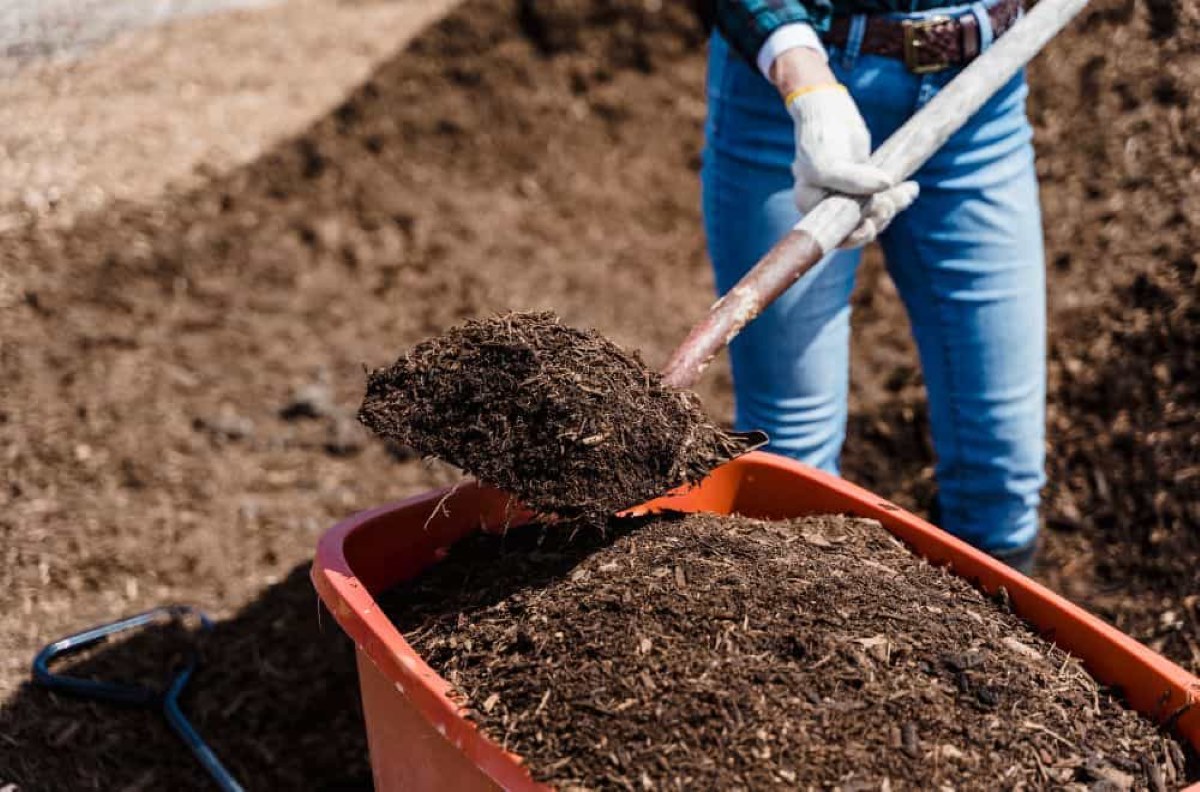
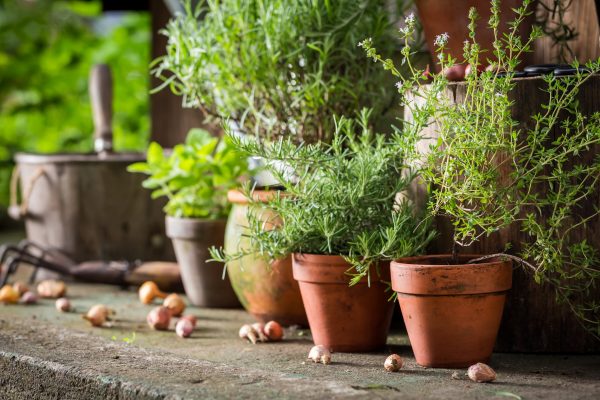
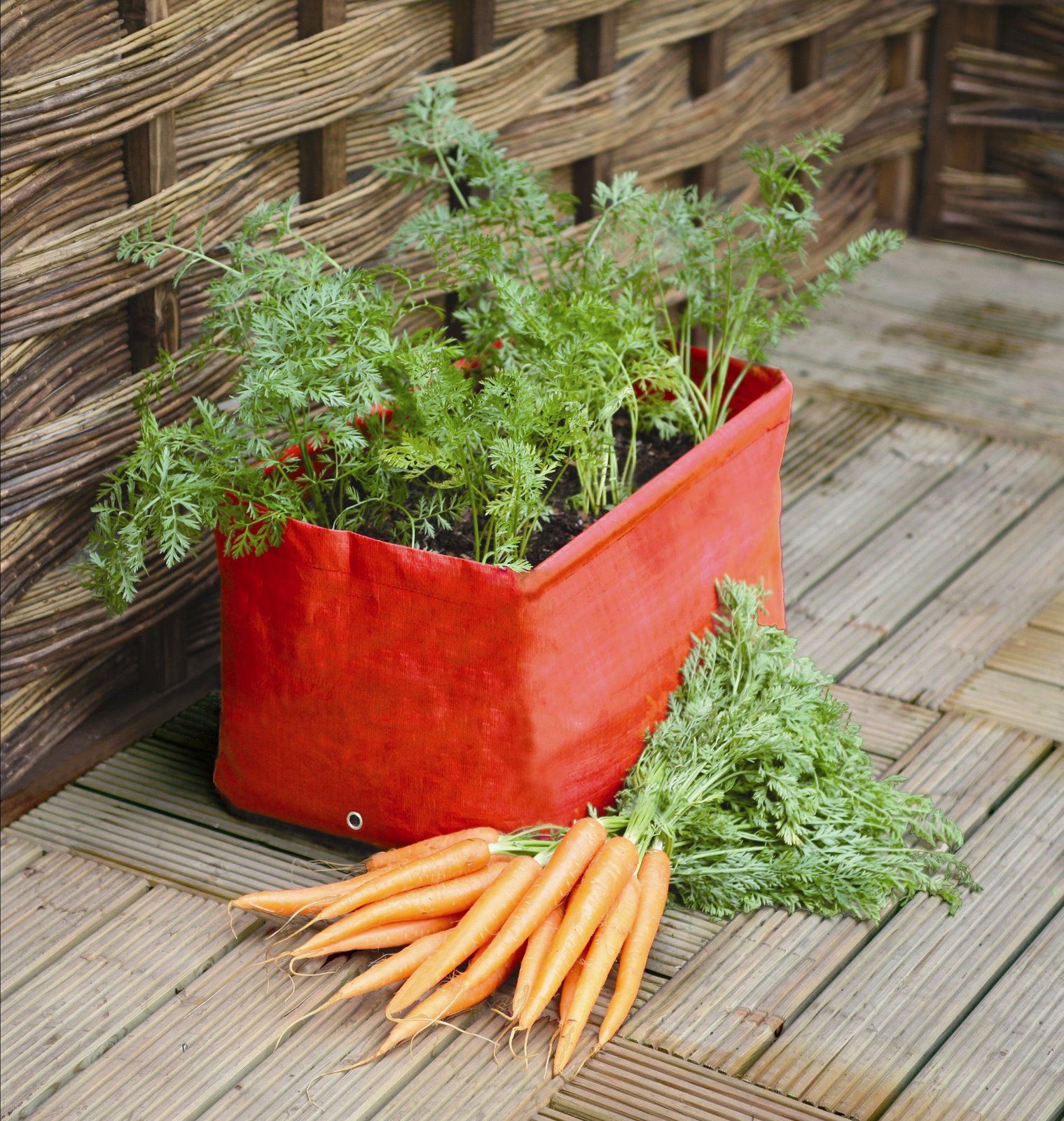
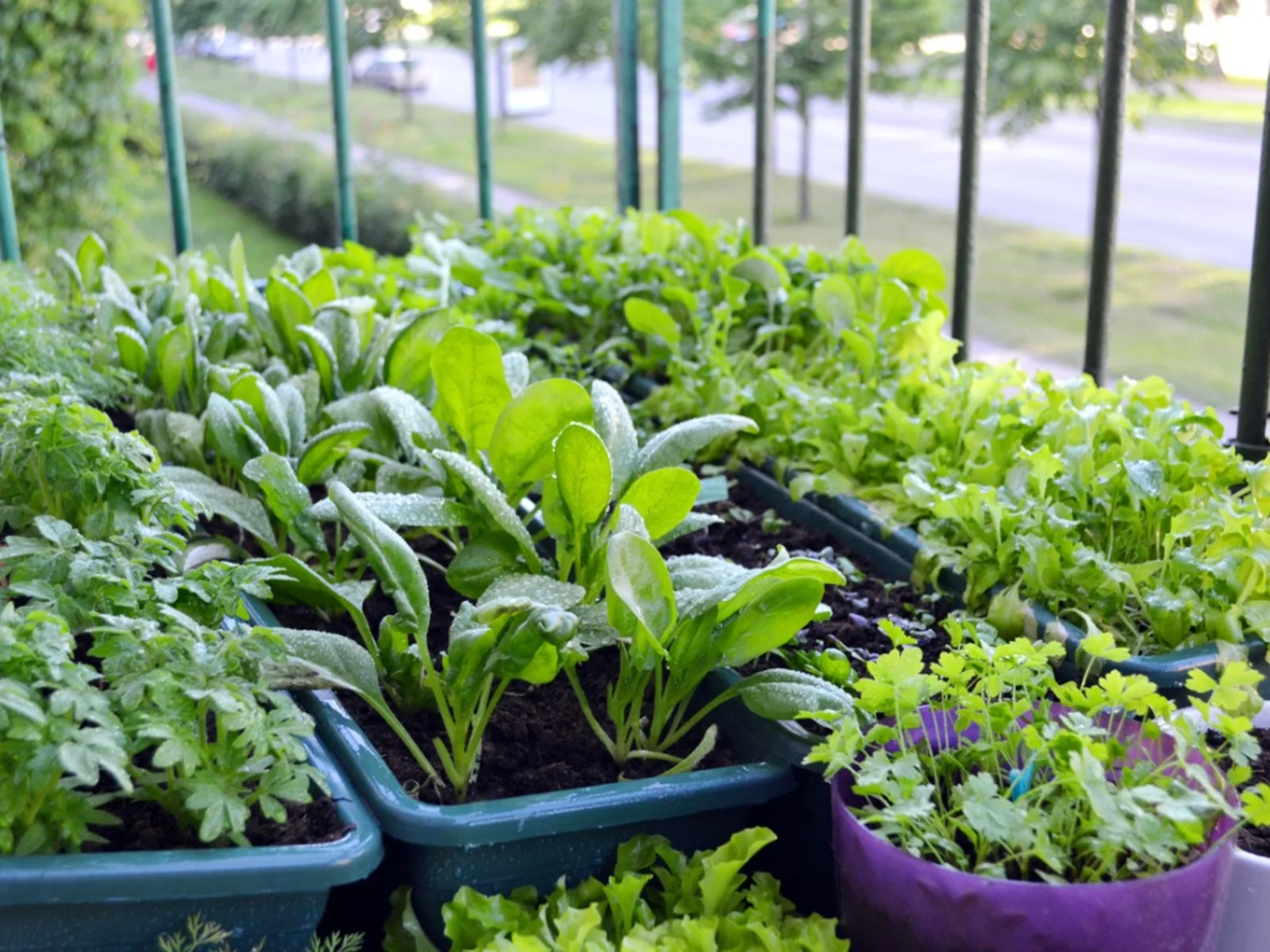
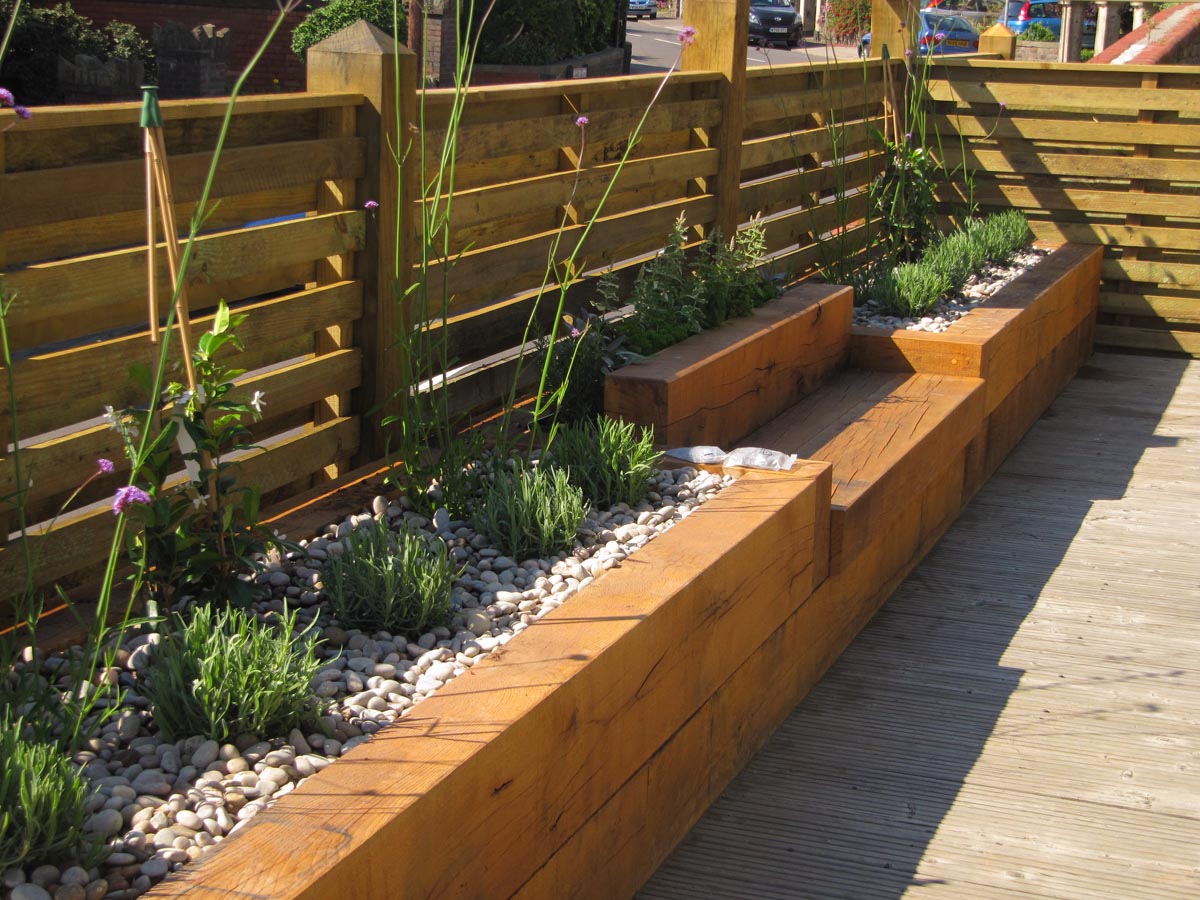
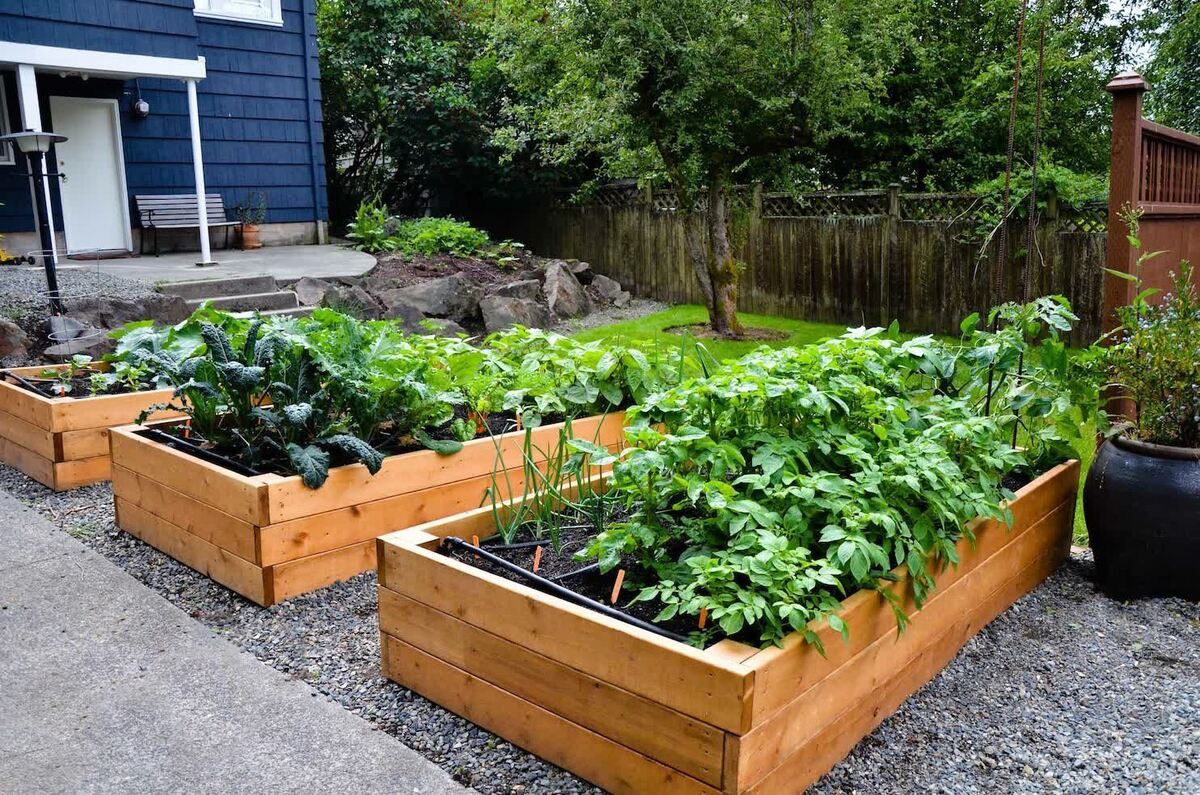
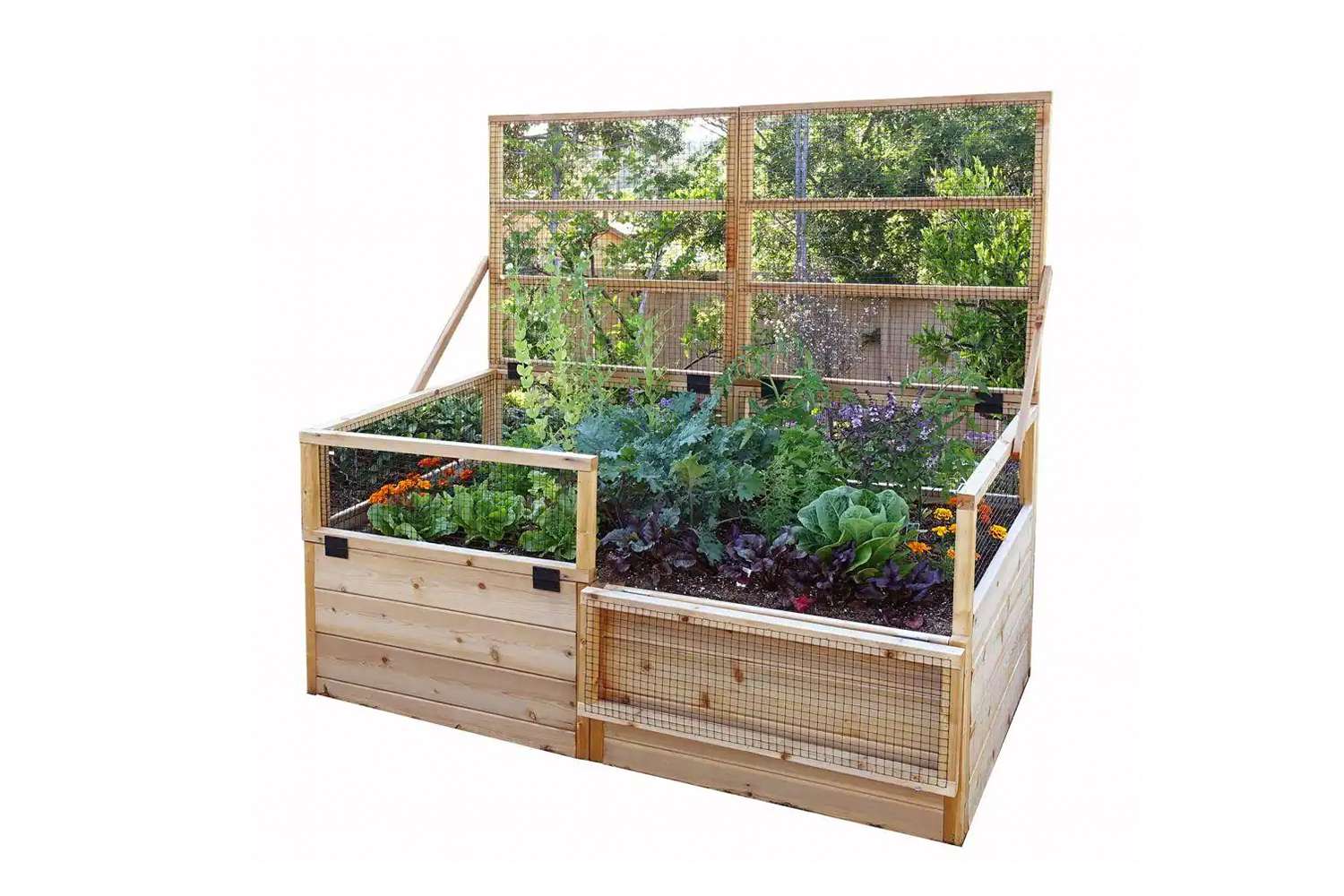
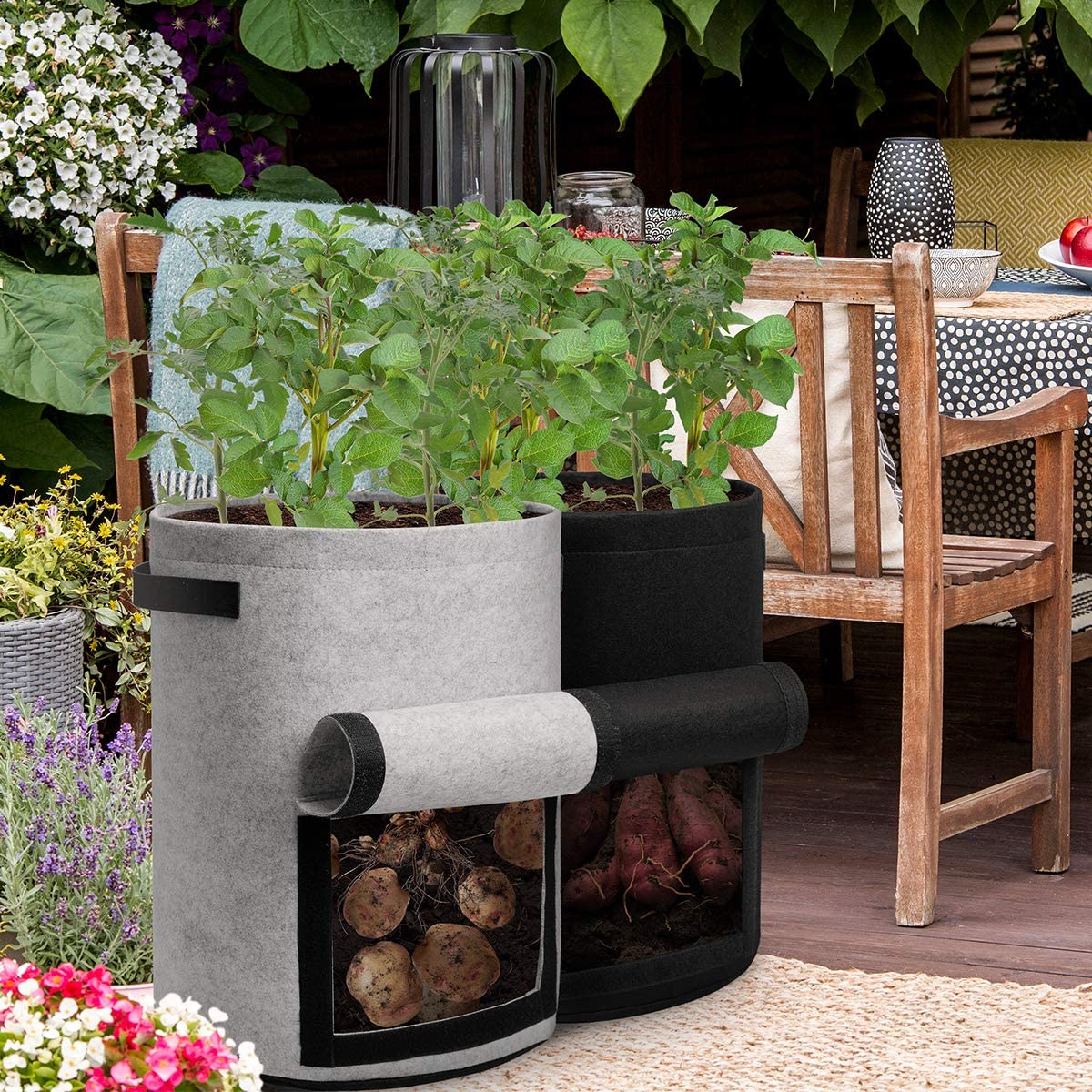
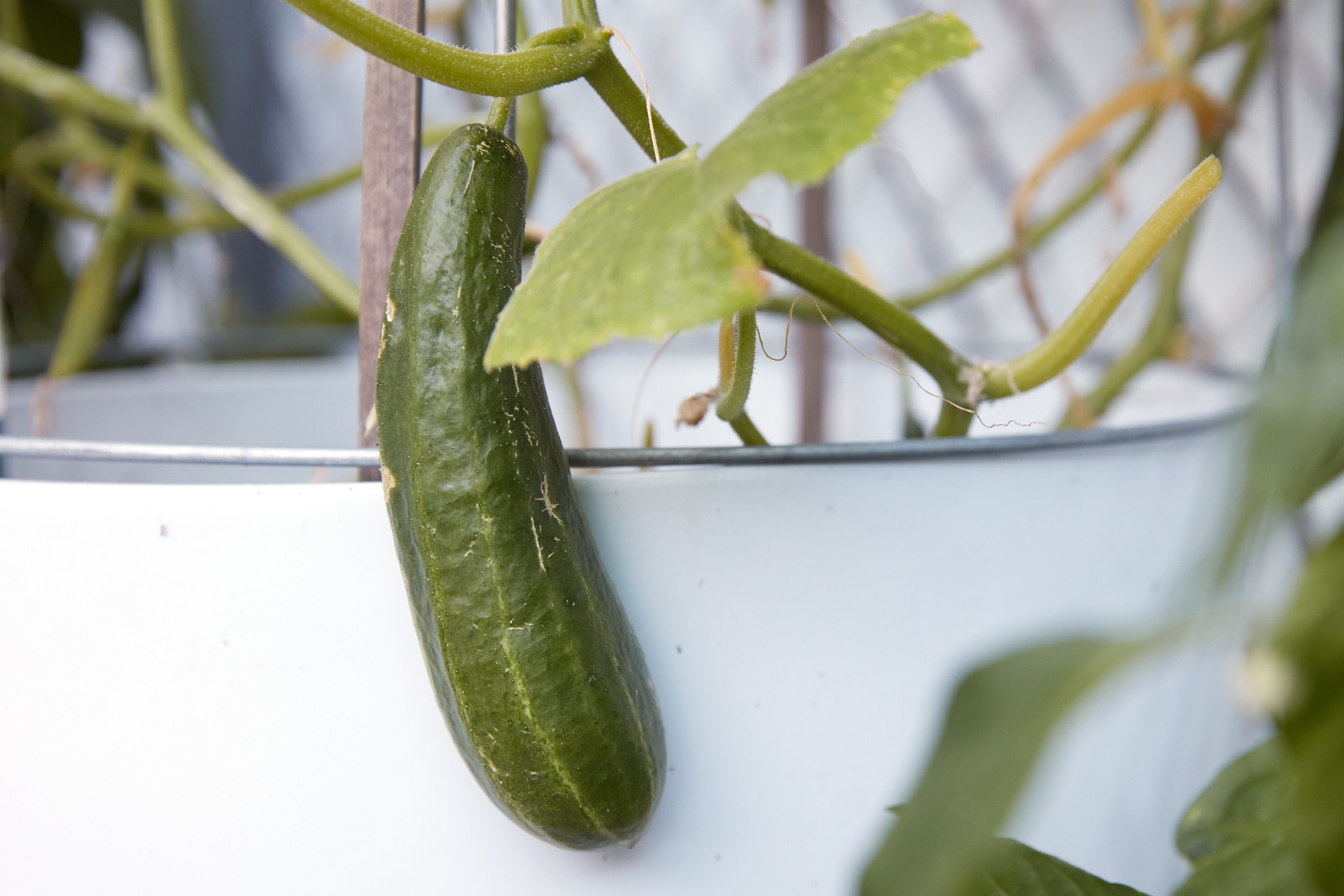
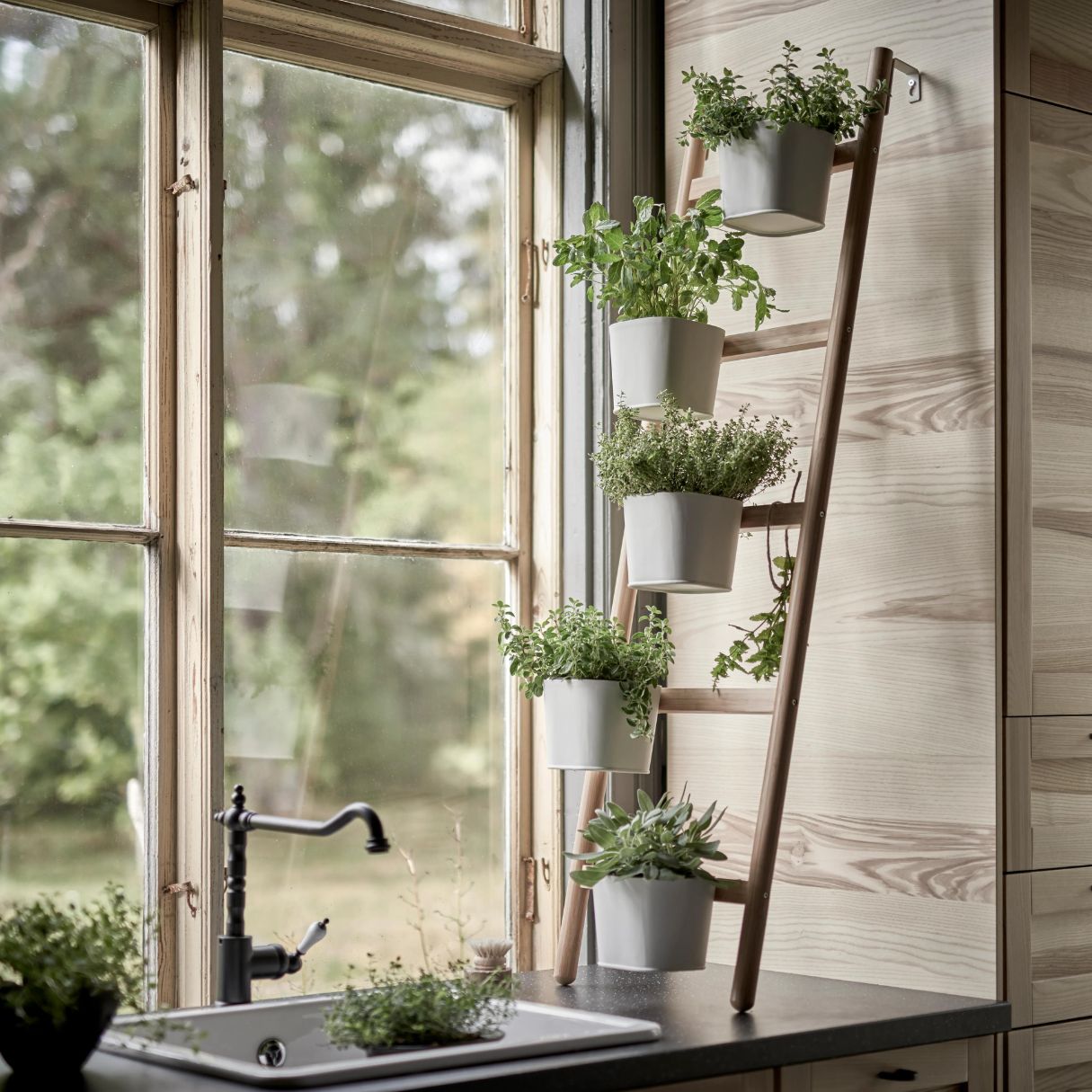

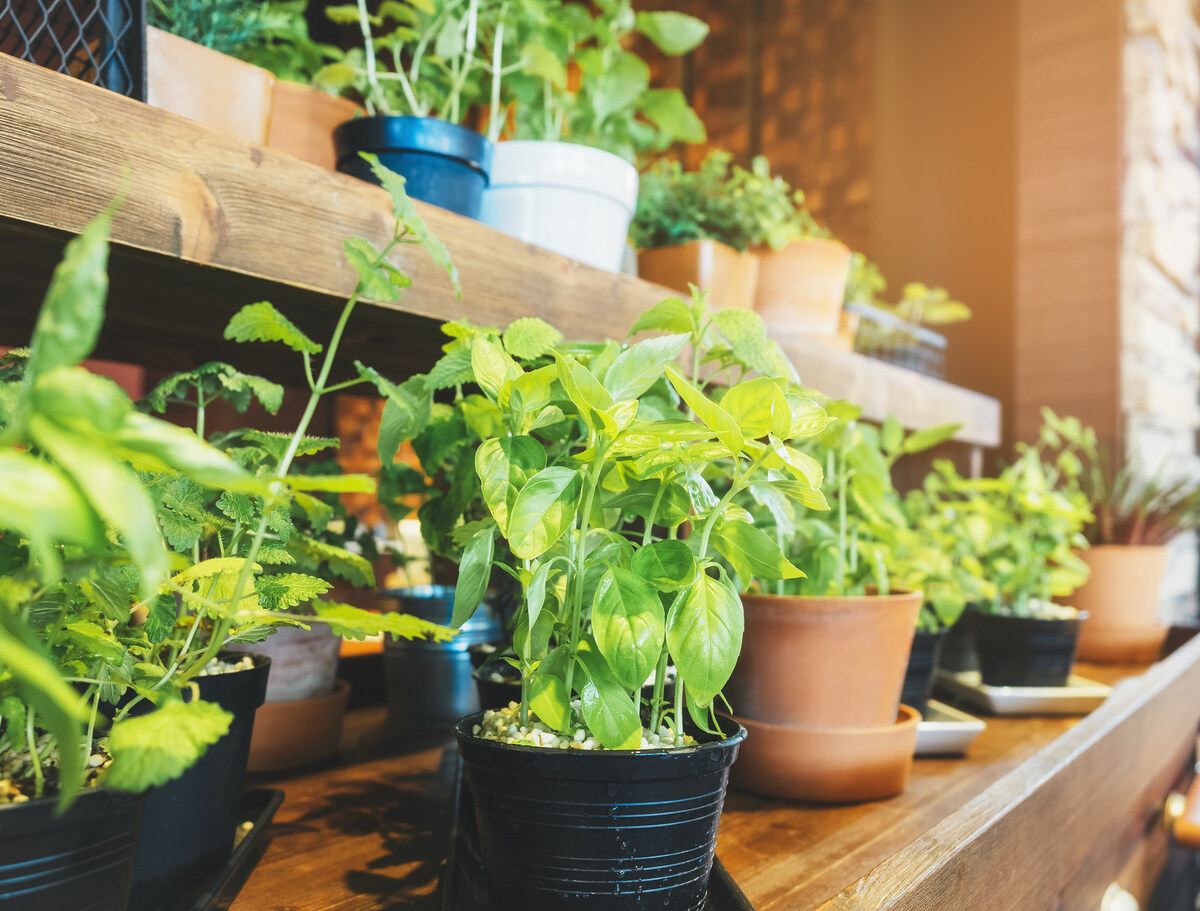
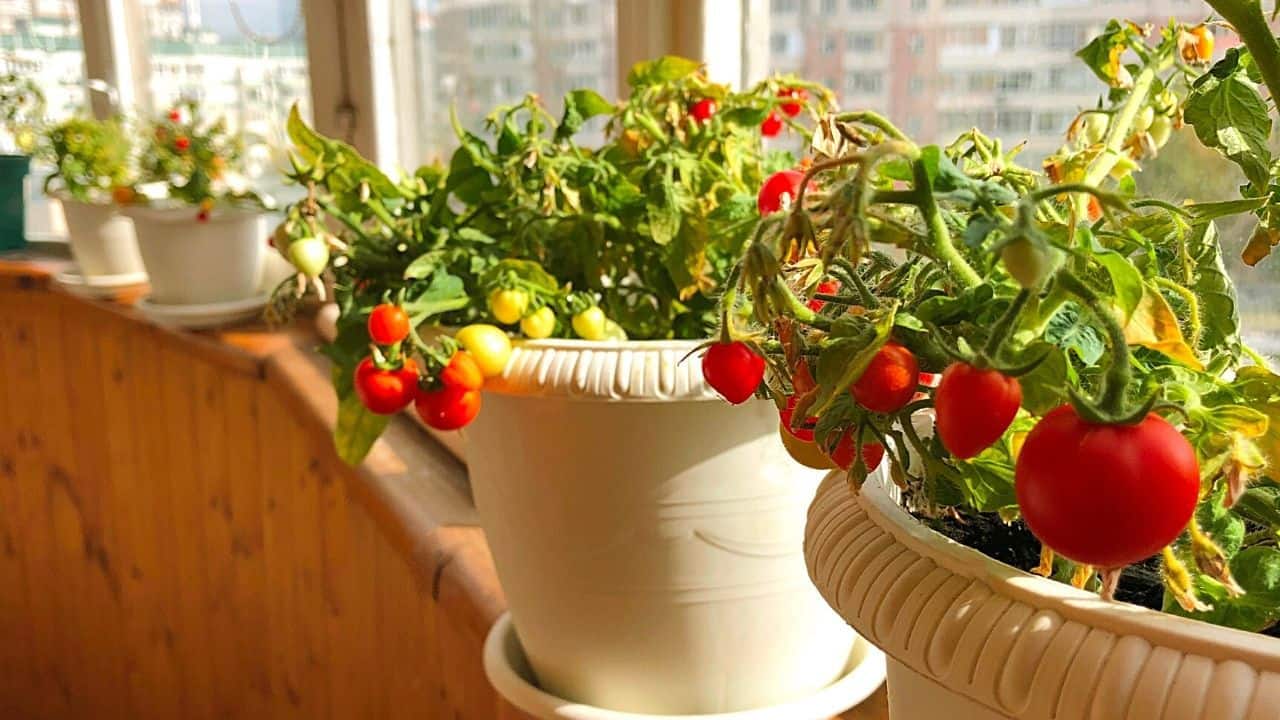

0 thoughts on “How To Compost For Garden”